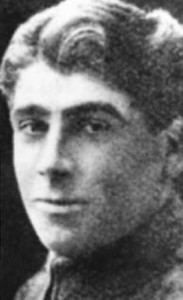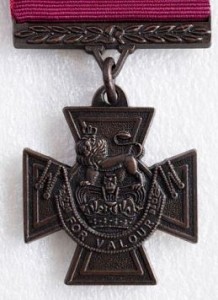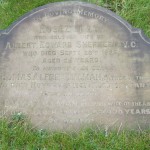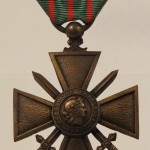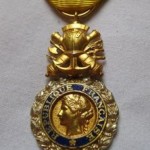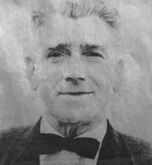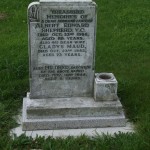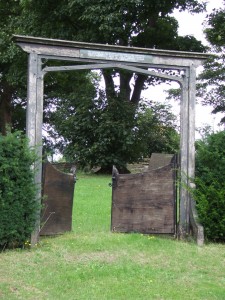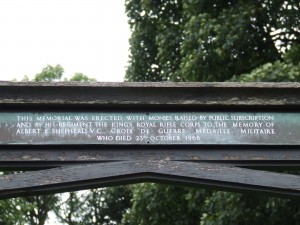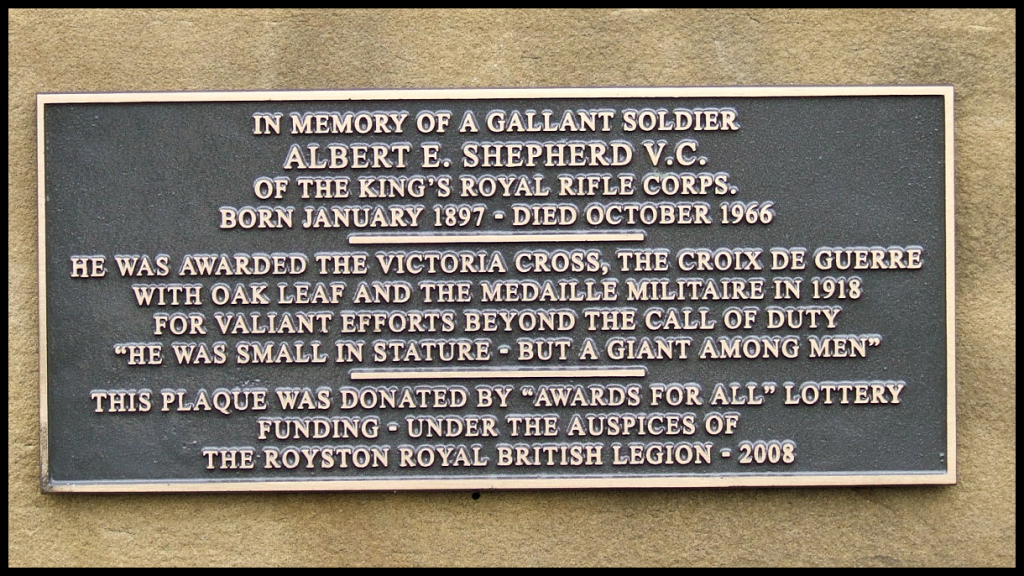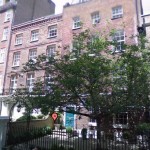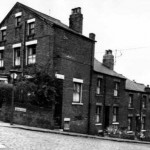Letter sent from the Front during World War 1 – could this be written to your family member?
While researching for a project, I came across an article in the Wakefield Express issue of the 3rd of March 1915. Instead of continuing, as I should do with the project, I ended up going off on a tangent and finding out who the soldiers were…………Not, I might add, good for the project, but my curiosity would be fulfilled!
NOT CLICKED A GERMAN BULLET.
FIFTY SOLDIERS IN A HOT BATH
The following is an extract from a letter from Ernest Turner, one of the two sons of Mr Joshua Turner, of Woolley Colliery, who are both serving with the R.A.M.C. at the front. Ernest is in the Field Ambulance Section, belonging to the 27th Division of the R.A.M.C. :-
“We go down for a rest shortly for three weeks, I believe, so you see it is A1 now. We are not hard worked up here, still a rest won’t do us any harm. I am pleased to tell you that I am in very good health. Thank God, I haven’t clicked a German bullet yet. I now know where poor Jack Melson is buried, but I daren’t go to his grave; it is too dangerous, but it is marked with a cross. We had a bathing parade before we came here; I mean hot baths. Just fancy about 50 of us in together and the fun we had. We are then given a complete change of underclothing. I felt a different man afterwards. I have been helping to fetch the wounded in for a while now. There is plenty of mud out there.
“Poor Jack Melson said to his sergeant “Is my hour up yet, sergeant?” and the sergeant replied “No, you have 20 minutes more duty yet.” Just then a shrapnel shell came up, and killed them both. Poor Jack got caught in the side with one of the bullets”
Melson was in the King’s Royal Rifles and was brother to A Melson, of Woolley Colliery.

Long Row, Woolley, source unknown but acknowledged
Who is mentioned in the above article – Ernest Turner, Jack Melson and his brother A Melson, lets start with Ernest Turner, our very clean soldier. We know from the article in the Wakefield Express that he is the son of Joshua Turner of Woolley Colliery. But from 1901 the census – there are two Joshua Turners living in Woolley. One of the Joshua’s is from Barugh, and the other from Hoyle Mill. One has a family and the other is just listed with this wife, and would seem to be older that I presumed him to be, aged 61, especially with young children…..but not impossible!
The second Joshua is 38 years old, his wife Charlotte E is also 38 and their children range from 15 down to 1 – this seems more like it! The census has Charles E Turner, could this be Ernest? A brother is also mentioned. I am going to eliminate the youngest brother, Frank, aged 1. So that leaves Earle aged 7 and George Bennett aged 15.
A Service Record survives for George Bennett Turner – the article said ‘both brothers are serving in the R.A.M.C.’ George is serving in the Coldstream Guards (service no. 16667), was living at the time of enlistment at the Villas, Darton, Barnsley, with his wife Mary (nee Overend, who he married in June of 1911) and daughter Eileen Mary, when he attested in August of 1915. George survived The Great War, even though he had been gassed in May of 1918, and was demobilized on the 9th of February 1919.
Looks like ‘the other brother’ is Earle, who served as Private, No. 54, in the Royal Army Medical Corps. Earle, like his brother’s seemed to survive the war and he married Ivy Ellis in the summer of 1920.
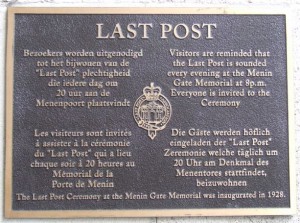
Menin Gate Last Post © C Sklinar
The Wakefield Express letter also mentions that Ernest is sending home news of a friend, or someone from the village – Jack Melson, well after looking for Jack and drawing a blank I started looking for John Melson (Jack and John being interchangeable), and there he was. John Melson. John served as Rifleman 9530 in the K.R.R.C., into which he enlisted in Huddersfield. He was Killed in Action on the 25th of January 1915 and is remembered on the Menin Gate Memorial, after entering France in December 1914. He certainly won’t have been lonely this year, always busy at 8pm, the last couple of years have seen many
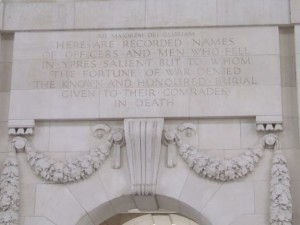
Menin Gate © C Sklinar
more visitors drop by and look at the enormous panels of names to remember and reflect.
Who had John been in life? John was the brother of A Melson, but from the Commonwealth War Graves Commission site, we now know that Alfred was his name. So, in 1911 John was already a serving soldier, aged 20 he was in the New Barracks, Gosport with over 300 others, including 5 women. The Medal Card for John/Jack tells – his medals earned, his entry into France and his demise. The Soldiers Register of Effects confirms
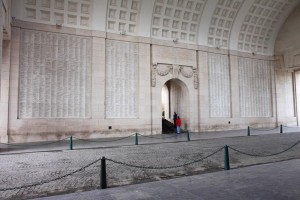
Menin Gate © CWGC image
already known information, but also includes how much was owed to him by the Army and the recipients were ‘Mo & Fa joint Regotees Norah and Alfred Giggal’, who in 1915 received £7 8s 9d and later in 1919 shared another £5.
The war memorial in Woolley, does not bear the name of John Melson.
Alfred, there is an Alfred in the R.A.M.C., service no. 41962. Alfred according to his Medal Card, had started service in Egypt in June 1915 and was eligible for the three medals – 1915 Star, British and Victory Medal (Pip, Squeak and Wilfred).
As to who the parents of John and Alfred were, there are a few entries in the census but nothing that gives a perfect clue to the family – if anyone knows, why don’t you drop me a line!
